Tribeca Reviews: From Documentary to Fiction, This One Covers It All
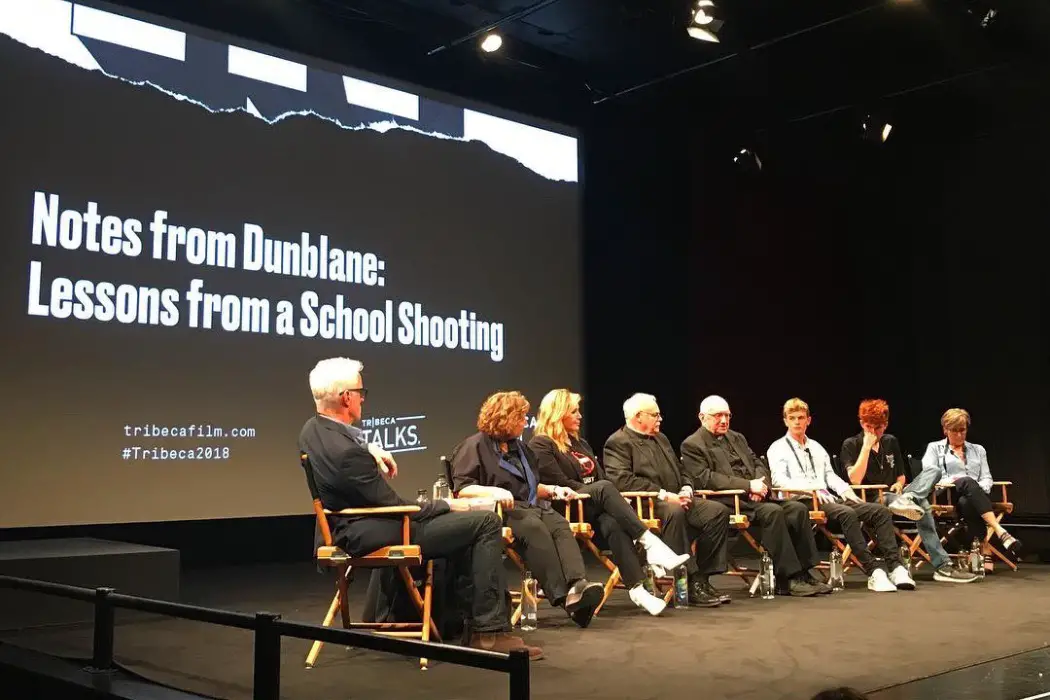
Stephanie Archer is 39 year old film fanatic living in…
Within a festival, there are a plethora of experiences, events and films to see and be a part of. The experiences are vast, with many areas of film you would normally not have the chance to see. This recap of this year’s Tribeca Film Festival does just that – giving you a taste of a few diverse and impactful films, as well as genres, I had the opportunity to experience during my time at this year’s festival.
With uplifting documentaries, synthetic fiction and shorts that won’t let us forget the past – this one covers it all.
Satan & Adam (V. Scott Balcerek)
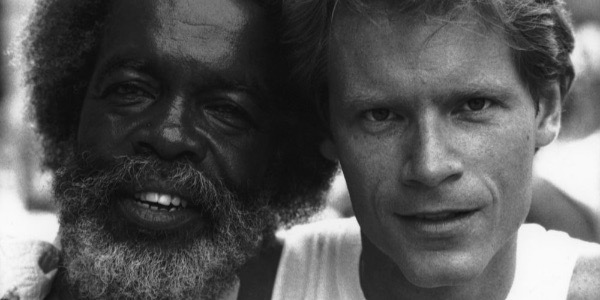
“The Blues is Life” – tattooed in brail, my fiancé wears this saying proudly. Blues music was never really a part of my life until I met my fiancée. While my father had enjoyed various albums of Eric Clapton when I was a child, beyond that there was not much exposure. While I have come to find enjoyment in the soulful notes of the blues scale, I have never truly come to understand it. That is, until now.
The blues is something that is born in your soul and molded through experience. You may find obstacles between yourself and the music, but it is always there, waiting for your return. Blues flows through you, personifying itself in your voice and through your notes. While I have experienced various blues artists since my boyfriend introduced me to this musical genre, including B. B. King and Johnny Winter, nothing could prepare me for what I would discover in Satan & Adam.
Satan & Adam from director V. Scott Balcerek and is a passionate and moving documentary that follows the story of harmonica player Adam Gussow and his unlikely collaboration with Harlem street performer, one main band Satan (also known as Sterling Magee). There is so much feeling that emanates from the screen when you are watching this film, showing the power of the mind and heart, as well as the need of musical expression. Satan & Adam, both blues and film, imprints on your mind, the notes still playing in your head long after the film has ended.
Following a difficult break up with his then girlfriend, Adam Gussow aimlessly wanders the streets of Harlem. Hearing music that sang to his soul, he comes across Satan, the Harlem One Man Blues Band, asking him if he could play along with his harmonica. What these two soulful musicians strike up is a beautiful collaboration of music and race. Together they climb the ladder of musical success, going from street performers to recording artists to tours across the country. Primed for stardom, their story takes an unexpected turn – leaving the existence of Satan & Adam hanging in the balance.
Satan & Adam is a story about success and rebirth. Even in moments of weakness, blues music is always there singing to your soul and whispering in your ear. Where all seemed lost for both Satan and for Adam, they were able to work through each of their adversities to break through and connect with the music within and each other. Satan & Adam also takes a moment to look at the racial issues each of these men had to deal with – while at the same time having a mutual understanding that music has no eye for color of the skin, only color of the mind.
Zoe (Drake Doremus)
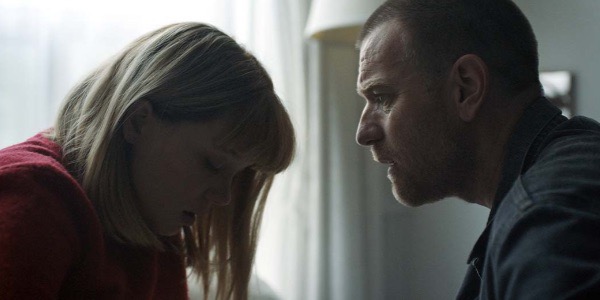
What if there was a formula that could accurately predict the success of two people? Would you take the test, find your percentage of success? What if that number was low, predicting a high chance of failure and eventual dissolution of the relationship? Would you leave your partner or fight harder?
In Zoe from director Drake Doremus, these questions are proposed and elevated, compounded to include synthetic creations, designed for achieving ultimate success in love for human beings. Synthetics are nothing new, having been examined in Her, AI, and Westworld. The story of Zoe is clearly built on them, with many influences and similarities throughout the film. Yet, its success would have been farther reaching if better versions of a synthetic being, breaking through its mechanical mold and developing feelings, hadn’t been previously done better.
Performances by Ewan McGregor, Theo James, and Léa Seydoux were superb, each bringing to their character the desires and void that resounded within them. Unfortunately, the pace of the film was rather slow and when you think the ending had come to fruition, it dragged on to a fourth act where love – first love – can be recreated once again with a drug called benysol. With this fourth act, viewers will feel as though their emotions and connections with the characters on screen are being pushed to the limit and stretched as far as the filmmaker can get out of you. While I was intrigued to see the real conclusion, it seemed as though the addition of the drug storyline stunted Zoe, causing it to prolong unnecessarily.
The soundtrack was the most unforgettable part of Zoe. While the story itself was blasé, the soundtrack’s loud, techno beat made my heart race, forcing me to keep myself invested in the film, and playing in my head long after it had ended. While there seems to be no current plans to release the soundtrack, this is one I will not be forgetting any time soon.
I Heart NY (Andre Andreev)
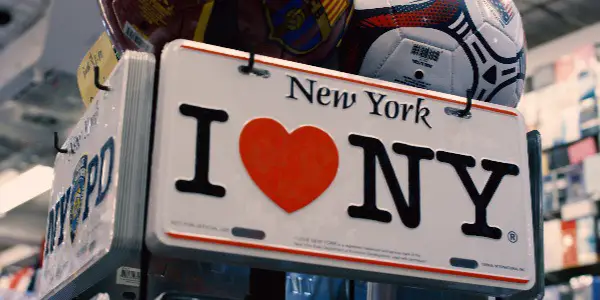
I Heart NY from director Andre Andreev was a very short, short film – 8 minutes to be exact. Yet, the length of the short does not take away from the success and impact of the film. It is amazing how you can learn one man’s life in a moment and understand what lead up to his greatest achievement.
I Heart NY films the good and the bad within the city, blanketing it in a deep contrast and caressing each frame with a New Yorker’s love. Through his filmmaking, director Andre Andreev and cinematographer Christian Haberkern capture the same heart of the city as the man narrating – an artist named Milton Glaser whose brilliant and simple touch became an icon of New York.
Son of an immigrant, Milton Glaser was tasked in the 1980s with a creating an icon encapsulating the feel of New York City to help drive tourism and pride within the city. He tells viewers what New York meant to him growing up and how pitching the worldwide known “I Heart NY” not only spoke for how he felt but how all of New York felt about their great city.
Tribeca Shorts: Aftermath
This was a hard showcase to watch, yet I felt that in our tumultuous time of war, terrorism, senseless massacre and the unrelenting debate on gun control, it was a series of shorts that needed to be watched. These shorts take a look at the horrors of mass shootings and the aftermath of those who have survived.
Surviving Theater 9
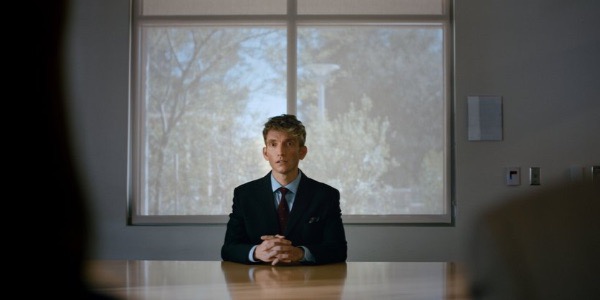
On July 20, 2012 at the midnight showing of Christopher Nolan‘s The Dark Night, a man walked into a local theater in Aurora, Colorado and opened fire, killing 12 and injuring 70. It was the deadliest shooting in Colorado since the massacre in 1999 at Columbine High School. It was also, at the time, the deadliest massacre in United States history – a statistic that sadly has now been broken with the more recent shootings at the Orlando Nightclub in 2016 and last year’s Las Vegas concert shooting. This is the story of those who survived.
As Tim McGrath points out at the beginning of his short, many questions followed his survival of the theater shooting – but there was little understanding. Every one wanted to know how to survive if it happened to them, what to look for in the moments before an incident, but no one really asked what they could do to help him, to help the survivors. There was a lack of knowledge and understanding for those who made it out of that theater alive, many expecting the survivors to move on with it shortly after.
Surviving Theater 9 from director Tim McGrath is part reenactment, part reality, the individual stories of survivors before and after the shooting brought back to life on screen. It is heartbreaking and raw in what it shows – people. We see their lives leading up to the night, and days after when they have become labels: victim, survivor. Viewers witness the minuscule time frame survivors/victims are given to cope and learn to live in their new reality, as well as the callus demeanor given when they do not meet the expectations of society, jobs, community and family.
Surviving Theater 9 was hard to watch, but all too important to miss. With the rate of mass shootings in this country, it is important to let go of the ignorance and find compassion and understanding for those whose lives are forever changed.
Notes from Dunblane: Lessons from a School Shooting
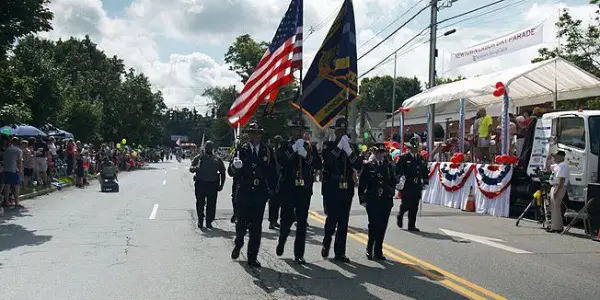
December 14, 2012 will be a day that Connecticut will never forget. On this cold Friday morning, a young man would shoot his way through the glass doors to Sandy Hook Elementary School in Newtown, CT killing 20 school children (between the ages of 6-7) and 6 educators before turning the gun on himself. The gun violence that had shaken so many communities to the core around our country had found its way unforgivingly to our front door.
Notes from Dunblane: Lessons from a School Shooting from director Kim A. Snyder (director of the award winning Newtown) is a unique look at the aftermath of the shooting in Newtown, recounting the first year with Father Bob Weiss as he, his parishioners and a community grapple with their new reality. He speaks to the camera recounting the struggles of the town, the children he buried and the pain that has changed his town forever. He shares with audiences all the tributes and letters people around the world sent to his church, for his grieving congregation, finally revealing a letter from Father Basil O’Sullivan in Dunblane, Ireland, whose own experiences make him uniquely qualified to offer counseling, understanding and friendship.
On March 13, 1996 (three years before Columbine), Dunblane experienced a heartbreak similar to ours when a man entered their primary school opening fire, killing 16 children (ages 5-6) and 1 teacher. Much like Father Weiss, Father O’ Sullivan was tasked with burying the young victims from the massacre and assisting a grieving community – all while trying to maintain his composure and strength as a priest while suffering through his own PTSD.
While this remains the deadliest shooting in Britain, Notes from Dunblane shows the difference in response between a country whose deadliest mass shooting has remained that for 22 years, while the United States, whose “deadliest shooting” has changed hands numerous times since Sandy Hook, having a total of 1,600 mass shootings since 2012. Following the massacre in Dunblane, gun reform was, by our standards, swiftly created and passed giving Britain some of the strictest gun laws in the world. The United States, however, has done little to reform what seems to be at the core of each of these massacres.
It was difficult to watch a member of the clergy struggle with his emotions, remembering all those affected and of the incident itself. Even those that are seen as the strongest in tragedy have their scars like the rest of us. With the recent school shooting in Parkland, Fl and the massive walkouts by students and teachers to demonstrate their frustration, this short film is not just timely, it is necessary. It is a reminder of the tragedy that happened, the tragedies that have followed and lack of progress in our country. Winner of Best Documentary short at this year’s Tribeca Film Festival, Notes From Dunblane: Lessons in a School Shooting is posed to be a reminder, a warning and a lesson for years to come.
What are your thoughts on any of the films mentioned?
Does content like this matter to you?
Become a Member and support film journalism. Unlock access to all of Film Inquiry`s great articles. Join a community of like-minded readers who are passionate about cinema - get access to our private members Network, give back to independent filmmakers, and more.













